23 Sep 2010 - 23 Sep 2011
The Capillary Phenomena / The Wall of Warmth, 42 Hoza Street, Warsaw
Curator: Zuzanna Fogtt. The Modern Art Foundation In Situ
Temporary project, duration - one year
Technique: low voltage light installation, 400 m2
This light installation was the chromotherapy * of a neglected part of the Warsaw City Centre (Srodmiescie).
The capillary network of joins, created with 670 m of flexible neon, covered approximately 400 m2 of the house side elevation. During the day – visible as a gentle warm, red drawing, it illuminated in the evening responding to the coming dusk. The neon symbiosis with the existing architecture gave an impression of an organism revealing the potential of the place hidden just next to the main city artery. The colour and "capillary" neon system referred to as the human eye’s retinal blood flow pattern, drawn attention to the inner nature of this piece of architecture, once hidden to the human eye.
*Chromotherapy, as far as the capillary phenomena are considered, redtherapy – is a therapeutic effect of red colour, which is known to have the strongest impact on the human psyche. This colour is invariably associated with what is dynamic, vivid and warm. The most important among the massive number of symbolised features is anti-depression, determination, friendliness, warmth, and sensitivity.
The Wall of Warmth and Red. The artistic re-vitalisation.
Text written by Lena Wicherkiewicz
On the 23rd of September 2010, the demolished side of the building facade in Hoza Street (the centre of Warsaw) was covered by the delicate tissue-like structure of a red neon resembling the network of blood vessels on the human eye retina.
The idea and the light installation itself were created by the artist Izabela Żółcińska, in cooperation with the Modern Art Foundation – In Situ. The technical part of the project was accomplished by Piotr Belcarz.
There used to be another building adjacent to the sidewall of the historic building in Hoza Street, whose lack now reveals architectural emptiness. Filling this “abandoned” elevation surface with the flexible neon structure of an area of almost 400 m2 brings the meaning of “instilling life “ and thus creating the symbiotic visual - architectural organism/phenomenon. The capillary structure glowed up, emanated, gradually scorching and consequently evoking in the audience a thermal impression of heat and warming up with the warm red light.
Referring to the synthetic performance of the hue, Izabela Żółcińska named the installation the “Wall of Warmth” and defined it as a specific architectural chromo- and thermo-therapy: “This is the transfusion of the energy, fresh image given to the “inactive”, grey part of the city”.
The structure of the capillary blood flow pattern, imitating the retina, indicates the relation with the eye. We feel as if the building wall was watching us, the passers-by. Red – the hottest of the hues and the most stimulating body and mind, influences the senses: the eyesight and feeling the warmth. By referring to the realm of the senses, we also apprehend the architecture as an “organism”, we observe how it becomes “carnal”, “sensual”, “pulsating “.The “Wall of Warmth” is - within the biological meaning - a kind of phenomenon, energy, the manifestation of life, not just - an object. Revealing the corporeality (not only understood as a specifically human quality): its traces, symptoms, possible forms of existence, is an important perspective of Izabela Żółcińska oeuvre.
The Wall of Warmth constitutes the next stage of the accomplished by Izabela Żółcińska concept of capillaries (www.kapilary.pl/en). The notion taken from biology and science realms is being redefined by the artist to confront art and therefore there is a new environment created for this notion, where the possibility of capillary existence in drawing, painting and installation is verified. At first, the capillary system was presented two years ago at Simonis Gallery in Warsaw, where it proved itstangibility in painting and drawing.
This June the system appeared in the architectonic space. Izabela Żółcińska has spread a red neon net over a fragment of the wall of the former water reservoir, the so-called Cistern, at the side of the Ujazdowski Castle. This is a symbolic and significant action in the context of an architectonic object, which used to be an important element of the water and sewage system when the Ujazdowski Castle housed the Ujazdowski Hospital. It is worth adding that today, after the revitalization by Tadashi Kawamata, a Japanese artist, the Cistern has become a location to present projects focused on striking a dialogue with the architecture.
Capillaries refer to biology, as well as mechanics and hydrology. If we realize what is the extent of the capillaries presence, their potential and features, we could become astounded by their omnipresence. We experience them in our own bodies – they determine the blood flow in veins, whereas the plants use them when transporting water and nutrients from the soil towards their upper parts of the body. The character of the capillary system functioning has been applied in mechanical devices as well as in the production of smart clothes of the membrane structure. This “omnipresence” of the capillaries is accompanied by their concealment as the capillary processes proceed subcutaneously, imperceptibly. Izabela Zółcińska in her projects brings the capillaries out, makes them visible through the red, vibrant lines. Capillaries become a metaphor for mutual relation: the internal with the external, pulsating rhythm of the world with the living space, energetic, life-giving flow.
What is the essence of the projects such as the “Wall of Warmth”? How can they be identified? What is the proper context for their interpretation? Are we still in the art area or in the social action sphere? In the domain of public art or perhaps in the field of architecture? The author of the Wall of Warmth together with the curator of the project, Zuzanna Fogtt from the In Situ Foundation, describe it as the revitalisation, which injects energy into the city space.
Revitalisation (from Latin re+vita – literally means animating, vivifying) is the medical term used to describe the recovery of vitality. In the architecture context, this term can include a number of activities such as recultivation, revaluation, regeneration, renovation undertaken to revive and give new features to the areas or ruined forgotten urban sites. Effective revitalisation affects several spheres of life: spatial (as far as architecture is concerned), social, economic, ecological. Lots of Polish towns accomplish revitalising undertakings, part of which is connected with adapting the former post-industrial areas to their new functions(eg. The centre of Lodz, Zyrardow) or enliving and improving the standards of life in urban spheres socially neglected (eg. Old Praga – the district in Warsaw).
The „Wall of Warmth” revitalisation is undertaken on the micro-scale, symbolically. The utilitarian reconstruction or giving new functions to the forgotten part of the urban architectonic element (the wall of the tenement) are not assumed in this project. The purpose is to revive the urban substance -tissue. The capillary project is the process of conferment with life, pulsating energy that is carried by red colour and warmth associated with it (isn’t it that “life” is based on nothing but warmth and redness?...), finally, it is a specific therapeutic activity. “Revitalisation” means here “emphasising life”, a life which is concentrated within the building interior (still there are people who inhabit the tenement). This life is – when we perceive it metaphorically – unearthed with the capillary structure. The “Wall of Warmth” is also to create the environment, certain potentiality so as this “proper” revitalization could take place.
The “Wall of Warmth” is situated at the intersection of the artistic, medical, architectural and urban planning realms, but does not belong to any of them. Hardly can the domain of its commitment be unambiguously defined at this stage of involvement. It is not the project precisely fitting the space of the so-called public art in terms of, for example, realised by Krzysztof Wodiczko: art creating political context so as the individuals and socially excluded groups could express themselves. Unless we assume that the vitality, corporeality, materiality, mutual exchange make the quality, the values so far depreciated...
Perhaps the artistic and ethical relationships of the Wall of Warmth should be searched for elsewhere? In art which conducts a dialogue with the substance, architecture, space first of all?
The essence of the activities undertaken by Izabela Żółcińska could be qualified as extracting this which is animate in an inanimate matter, the specific process of “extending the corporeality”. As far as the “Wall of Warmth” is concerned, the culturally preserved division into the animate and inanimate is finally invalidated. What is alive is also present in what is regarded as the products of culture: architecture, urban space, technology. Life and life manifestations are not merely the life inherent properties.
Nature, culture, substance and all this which is immaterial penetrate one another, influence each other. They are in an indefinite, continuous dialogue. This exchange can be made present by art, art is able to make it perceptible. This sensibility can be found in many contemporaryartistic projects. “The breathing cathedral” by Dominik Lejman, comes to mind at this point. The video projection - performed in the St. John’s Cathedral in Gdansk in 2005 – made the rhythm of the Cathedral inside breathing. Or the Francois Perrin’s “The Weather Station” (2004, California Shindler’s House) – another way of making the architecture alive: the technological project to create the specific interior microclimate, referring to the weather: fog and air warming. And finally, the mentioned above Tadashi Kawamata and his architectonic “wen”. His interventions and reconstructions refer to the pursuit of nature inherent irrepressible vitality rather than biological processes, reveal the need for “self-diffusion”, a rush to chaotic proliferation, supervised however by the internal, logical structure.
The “Wall of Warmth” biologic character reveals also some reference to bio-art, the tendency present in modern art since the 90s of the 20th c. The bio-art projects are related to the “life phenomena in the biological and biotechnological contexts”, according to the definition suggested by Monika Bakke, the art theorist. The important moment for the so-called “biological art” is exactly where the technology meets the bio-sphere. The capillaries by Izabela Żółcińska achieve that metaphorically. Being the “product” of technology they function as the biological phenomenon. They also illustrate the important aspects of modern art, such as cooperation, co-responsibility, the exchange within the net – the structure, the unconstrained flow, acting in spite of forces or energies. The urban sphere can be “vaccinated” by all these qualities, in both the social and urban-architectonic meanings so as to emphasise its organic, alive, pulsating substance.
Vitruvius beheld the “masculine” domain in the architecture, relating to functionality, usability and beauty. Yet it’s worth remarking that architecture has also a “feminine” element. This “feminine” understanding of architecture relates to rooting. It belongs to the place. Arises, binds, “extends” nature. The capillary project by Izabela Żółcińska can be defined within such context. Architecture can be expounded as the art of connections, relations and marriages. As the space for exchange between nature and human craft, unearthing of what is biological and what is utilitarian, combining durability, stability with the cyclical changeability and pulsing. The space for living.
Cooperators: Ministry of Culture and National Heritage, The Capital City of Warsaw Municipal Office (Honorary Patronage), Warsaw Heritage Protection Department, Public Land Management Authority, Property Management Office of the Śródmieście District in Warsaw, Architecture and Building Engineering Departament of the Śródmieście District and Esthetics Departament, The Regional Centre for Blood Donation and Blood Treatment, Hemosystems, Polpharma, Reset Mikro, The Gallery of Graphics and Poster, Helukabel, Peri
& Grzegorz Borkowski, Bożenna Biskupska, Zygmunt Rytka, Jagoda Barankiewicz, Tomasz Goldfinger, Antoni Burzyński, Magdalena Andrzejewska, Magdalena Świerczewska, Joanna Kobyłt, Marta Matuszewska - Ceglarek, Magdalena Wicherkiewicz, Patrycja Stefanek, Clotilde Simonis Górska, Piotr Belcarz, Piotr Bylka, Michał Jońca, Wojciech Sokołowski, Waldemar Wójcik, Jakub Szymański, Krzysztof Kąkolewski, Izabela Bucholc, Grzegorz Żółciński, Artur Grzyb, Michał Bielski, Piotr Bednarski, Sylwester Ślęzak, Stefan Jagielski, Marcin Jagielski, Marcin Podsiadły, owners and inhabitants of tenement on Hoza Street 42.
Documentation
Photo credits: Michał Strokowski/ Prokadencja, Katarzyna Warańska, Antoni Burzyński (In Situ), Izabela Żółcińska
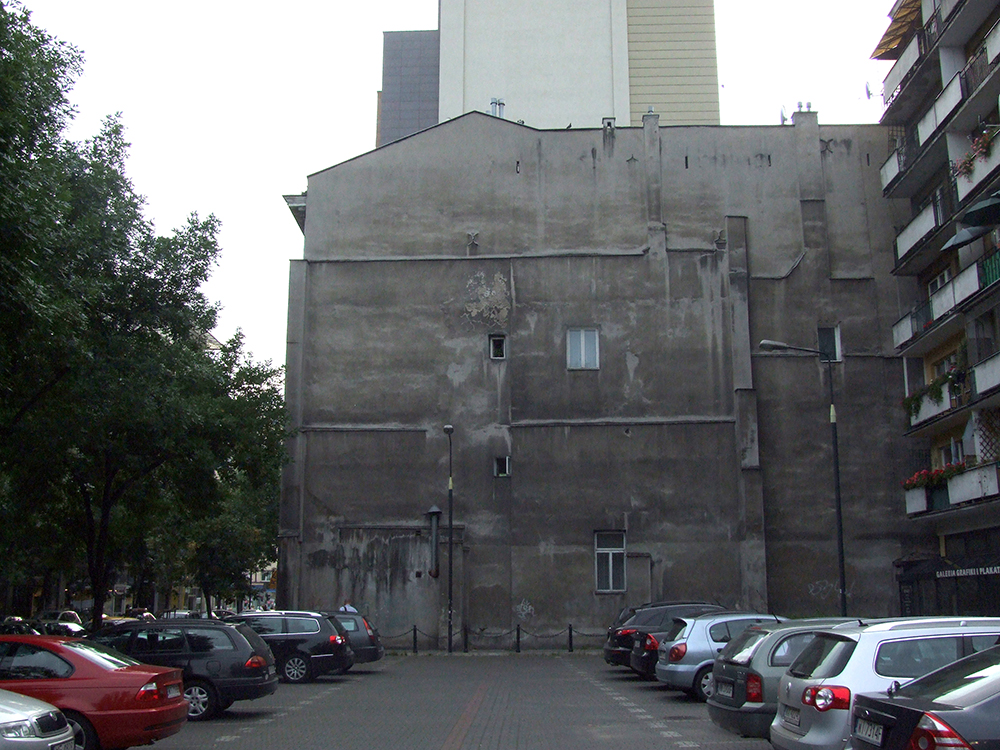
The Wall of Warmth project, September of 2010:
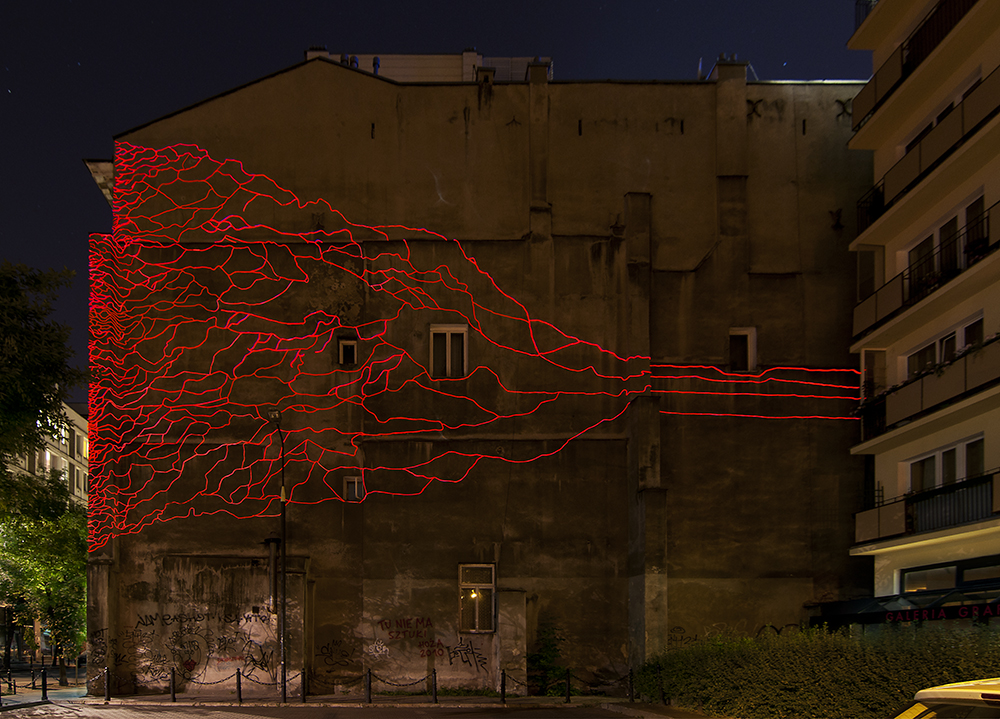
The Wall of Warmth project, June of 2011:
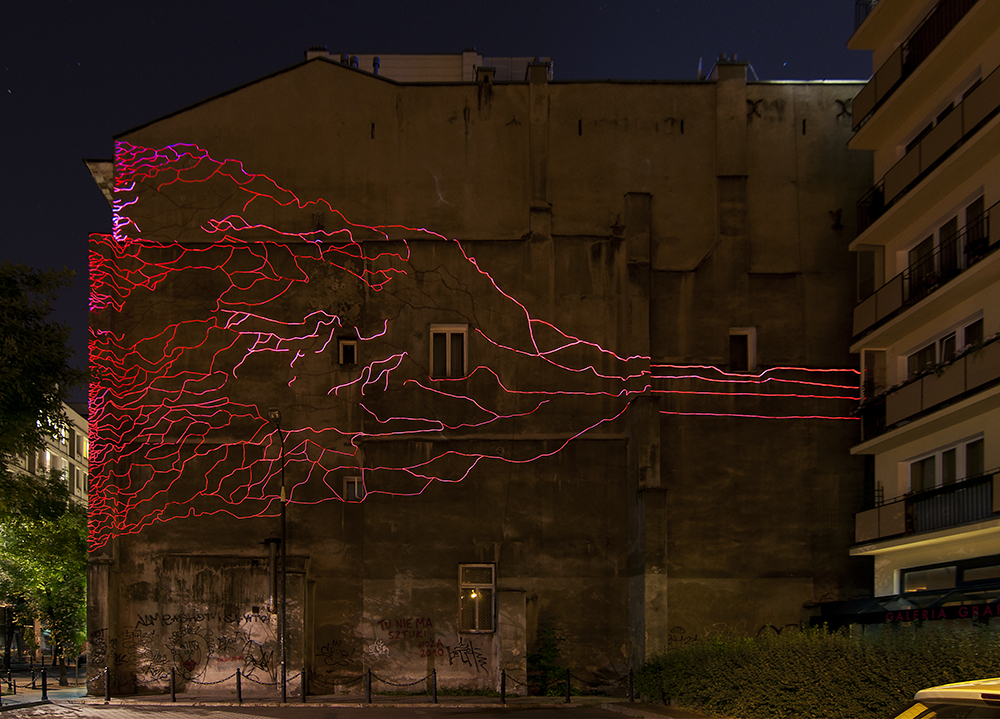
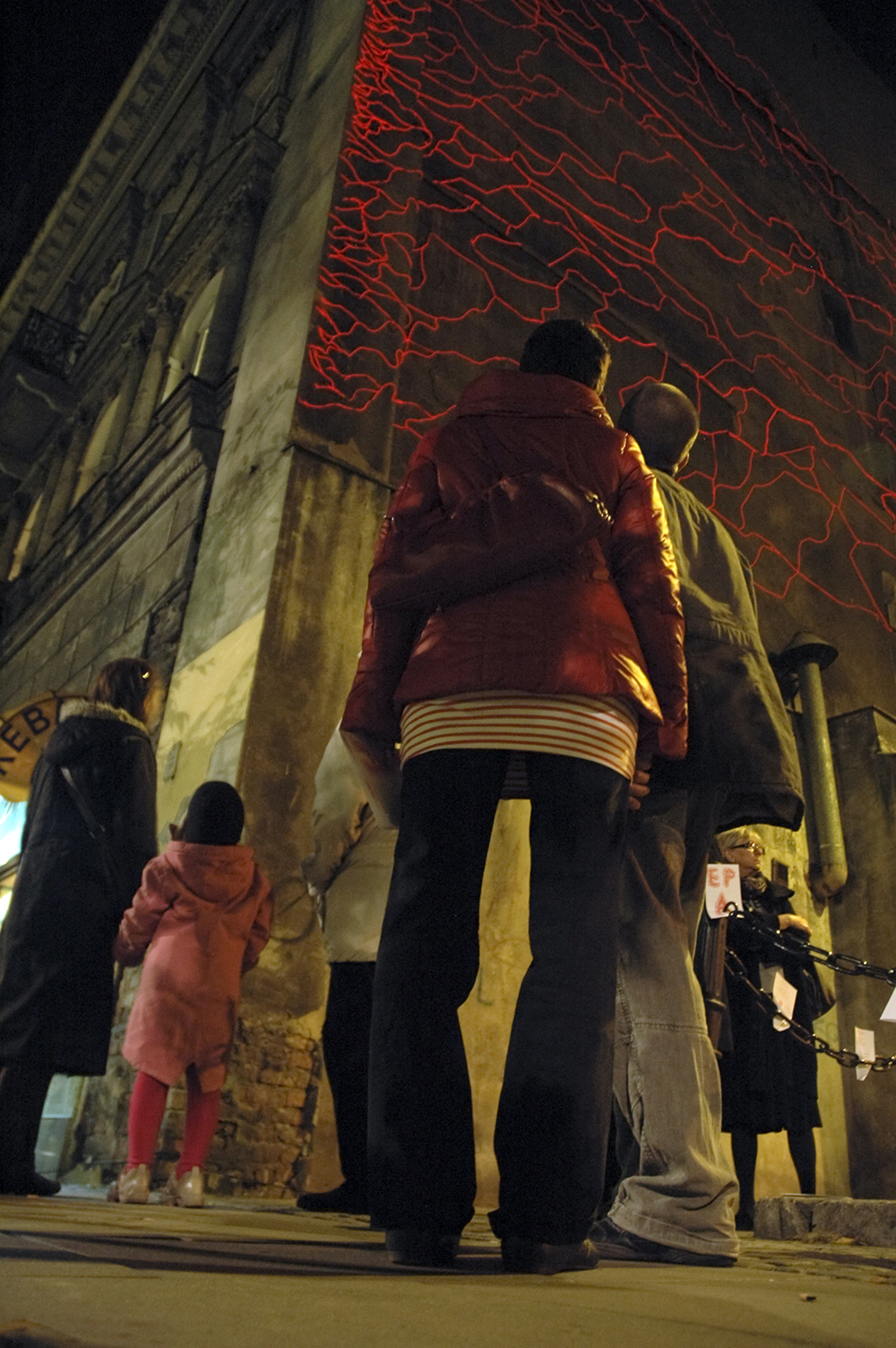
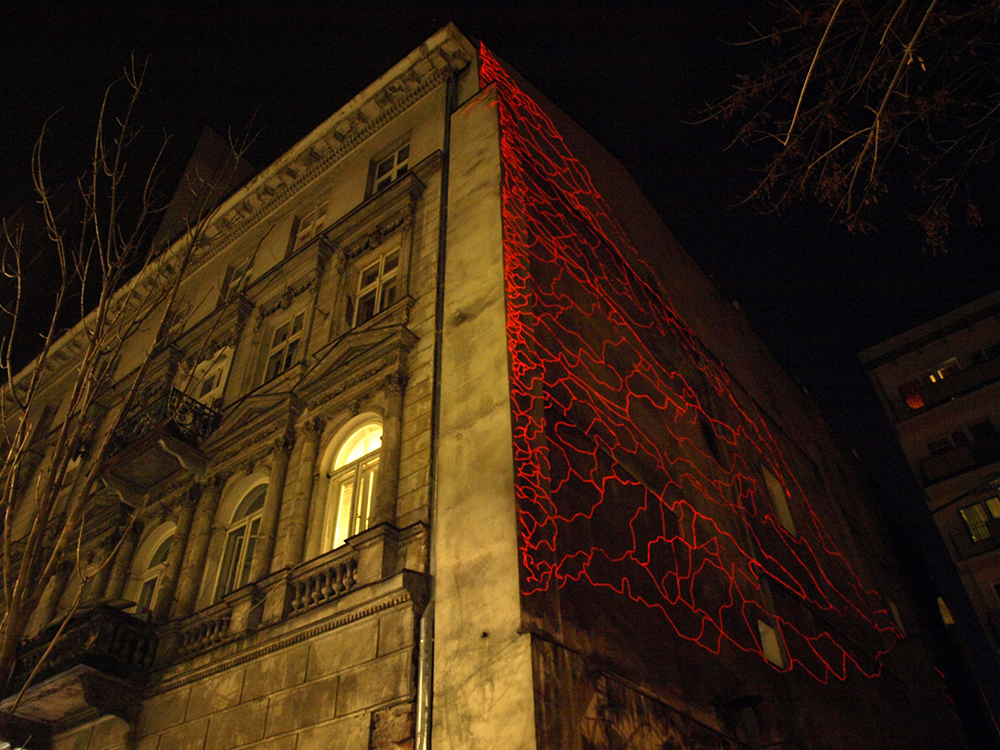

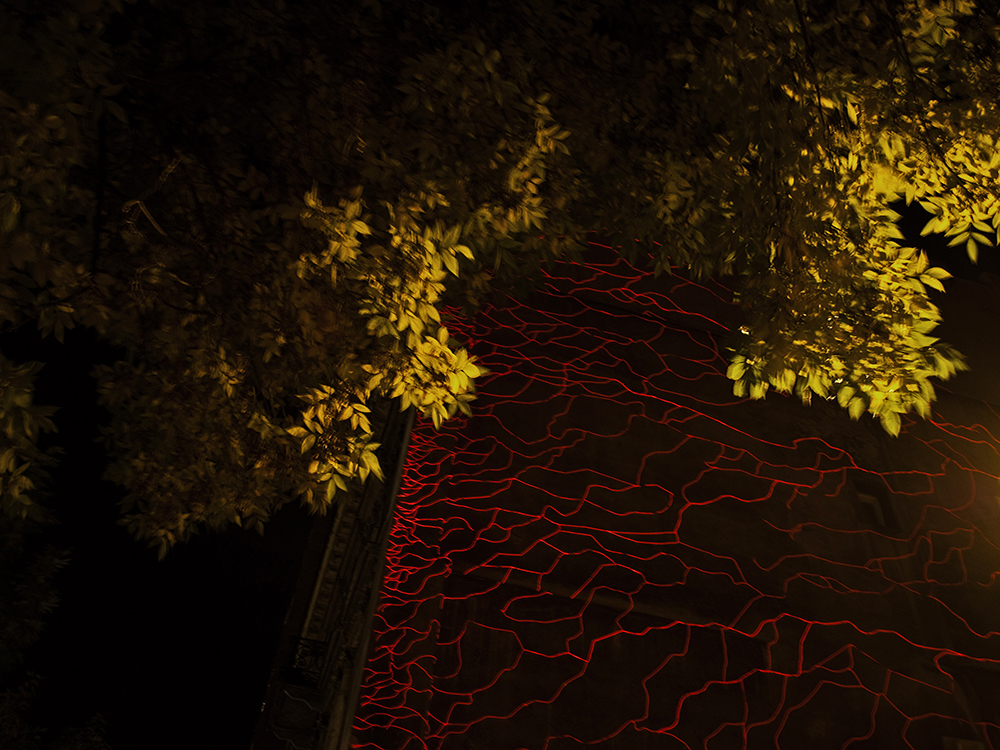
Technical documentation by Piotr Bylka:
Location
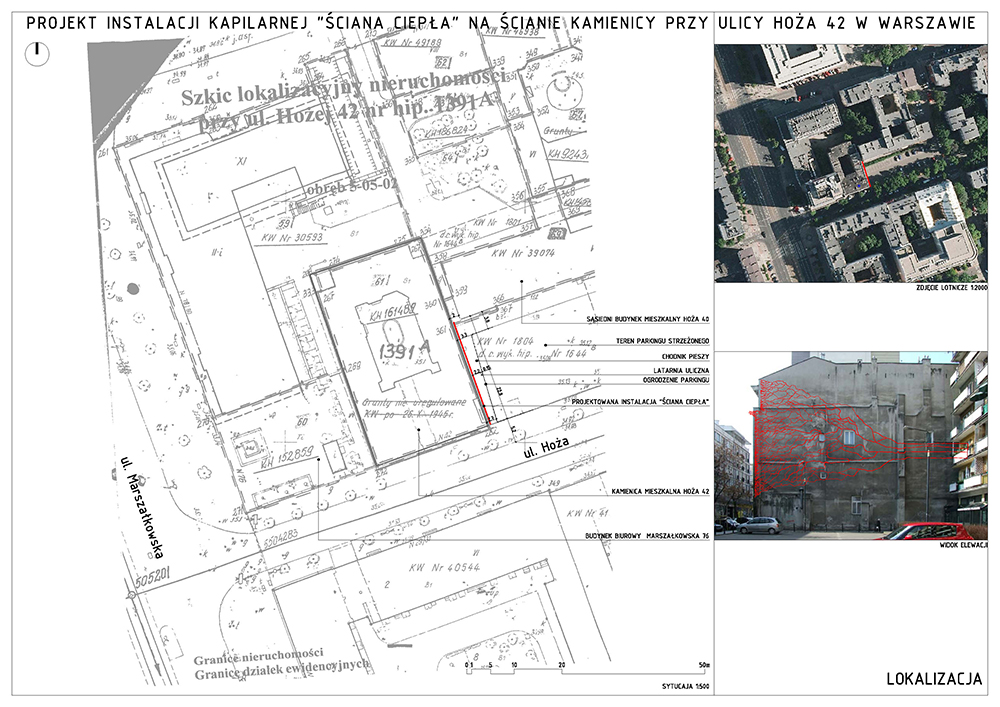
Photographic documentation
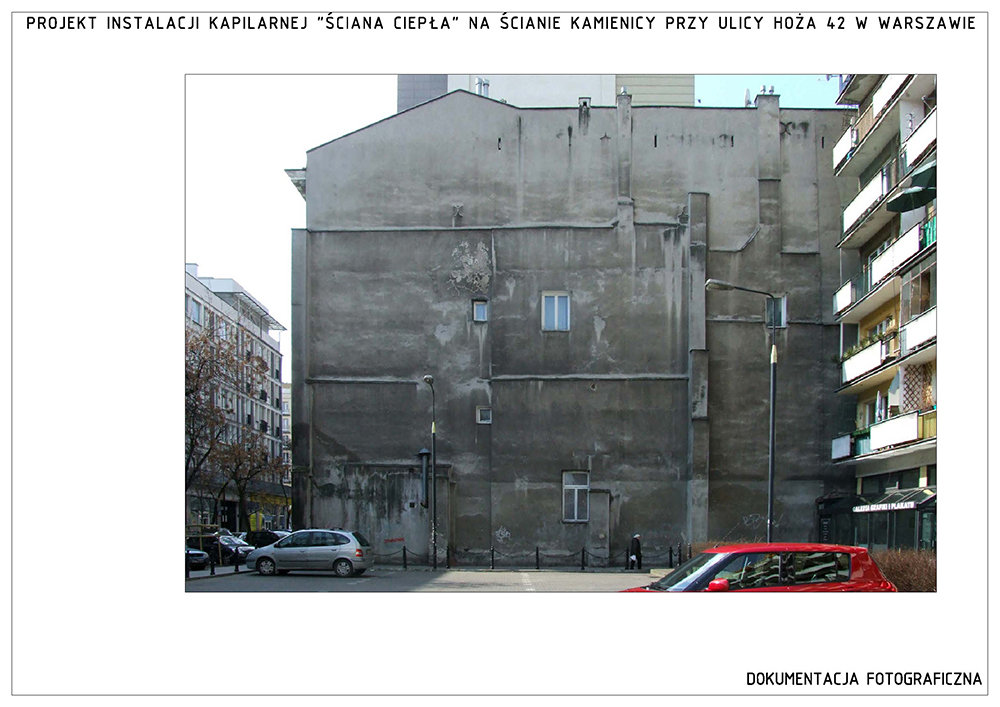
Visualisation
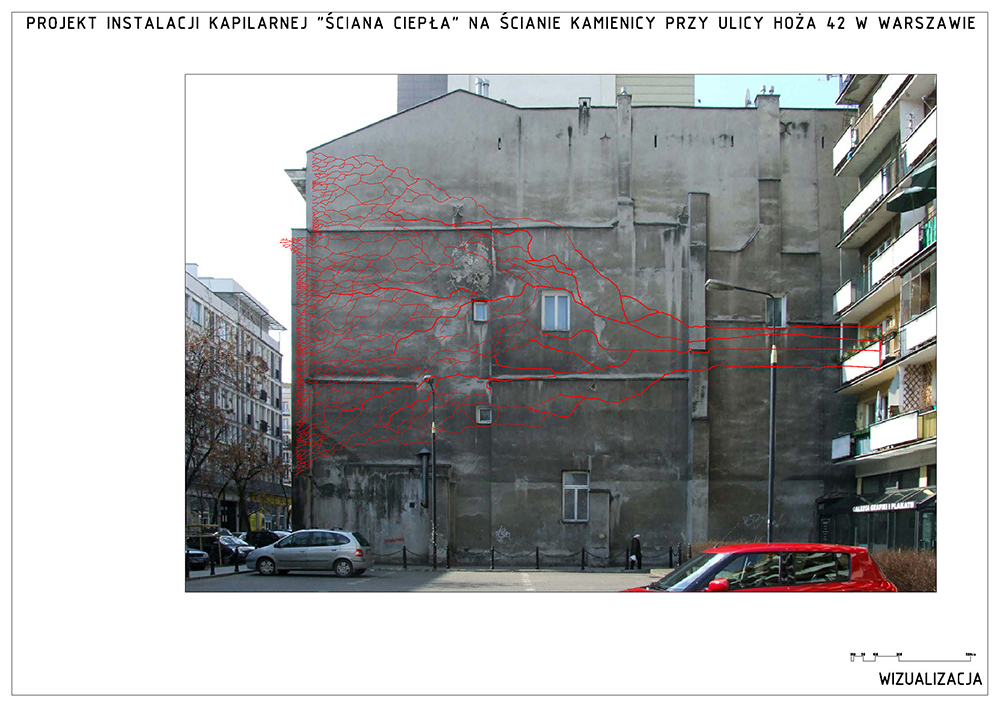
The current situation
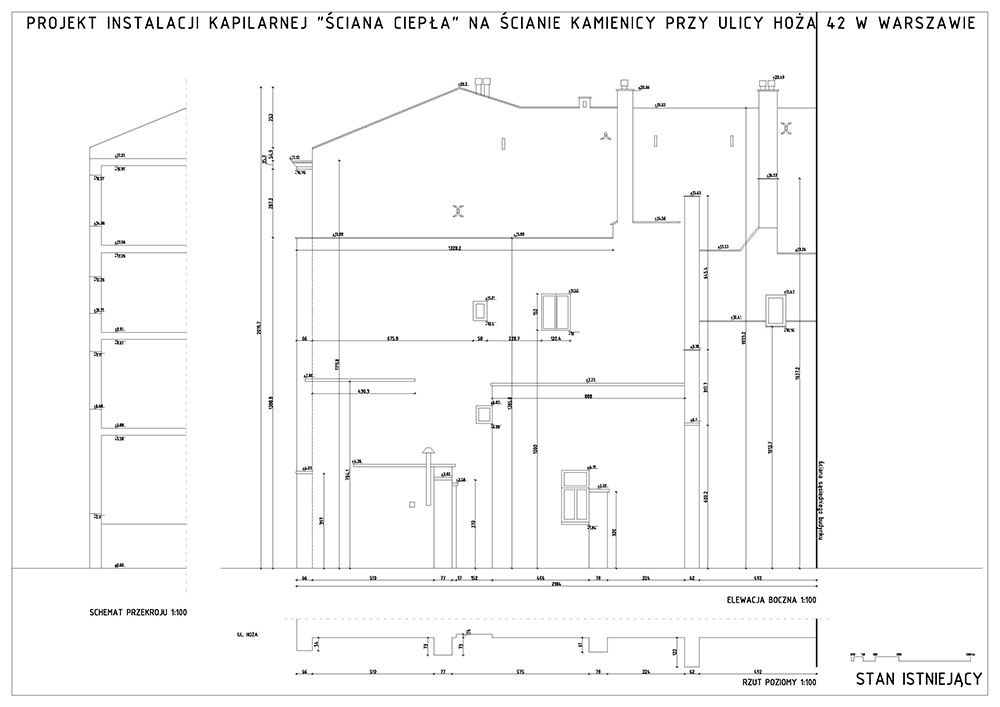
The neon project
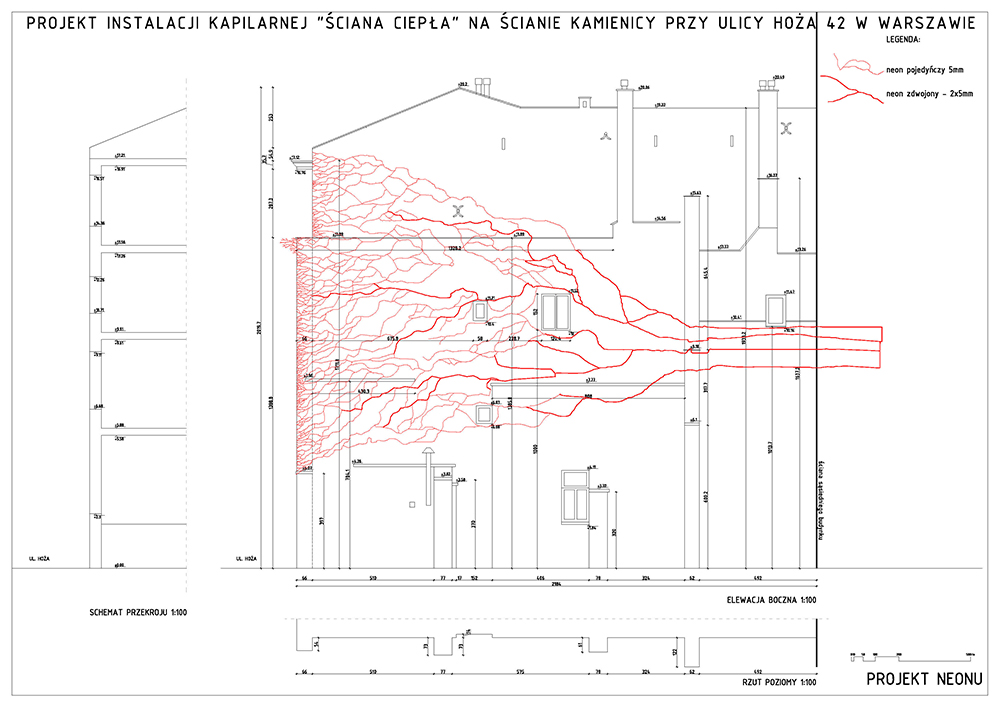
The division into parts with independent power supply
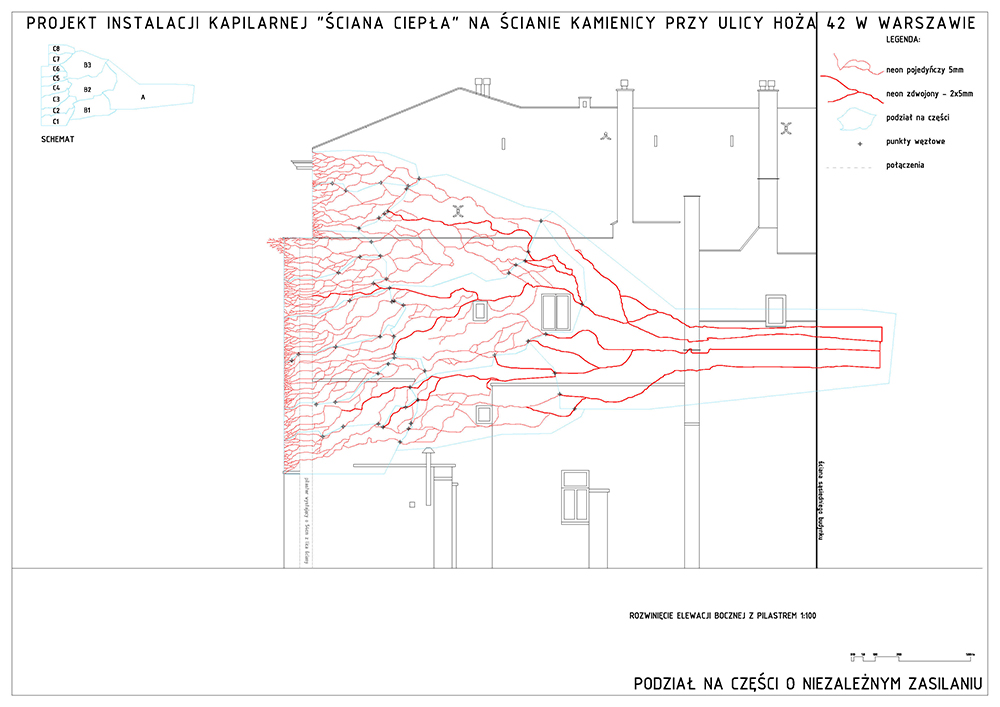
The scheme of the division onto the elements and the joints
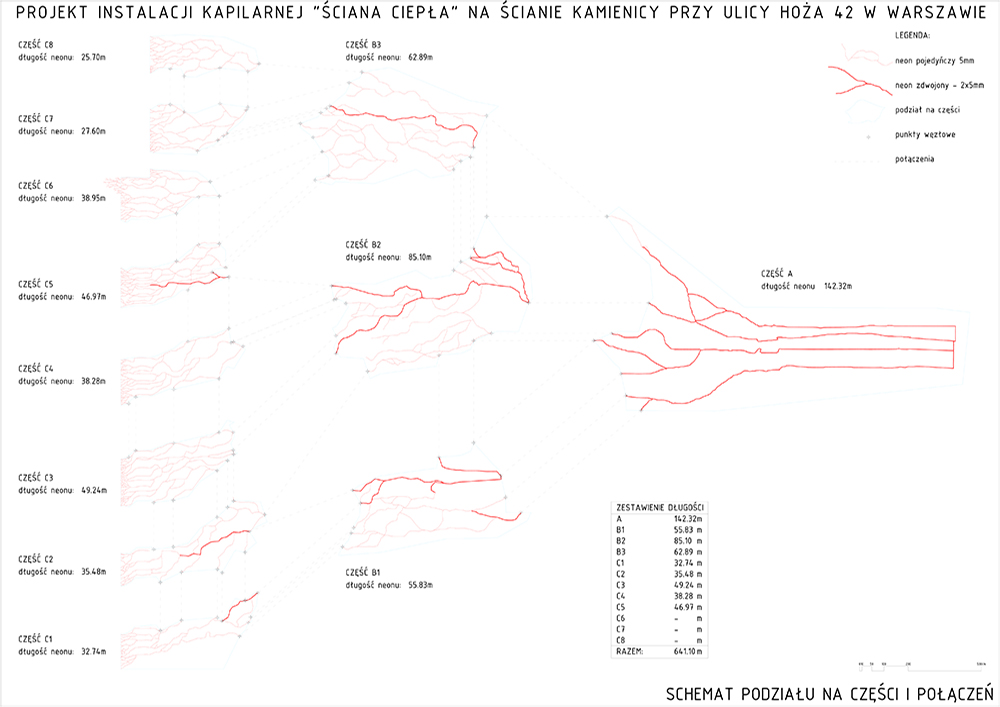
The project of the traffic organisation
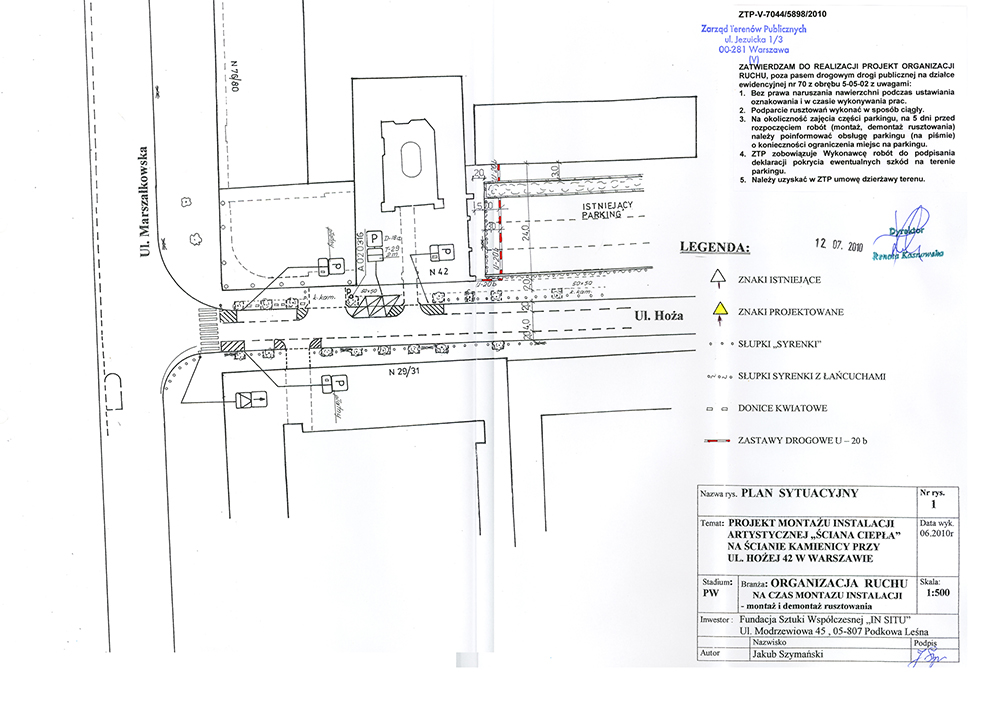
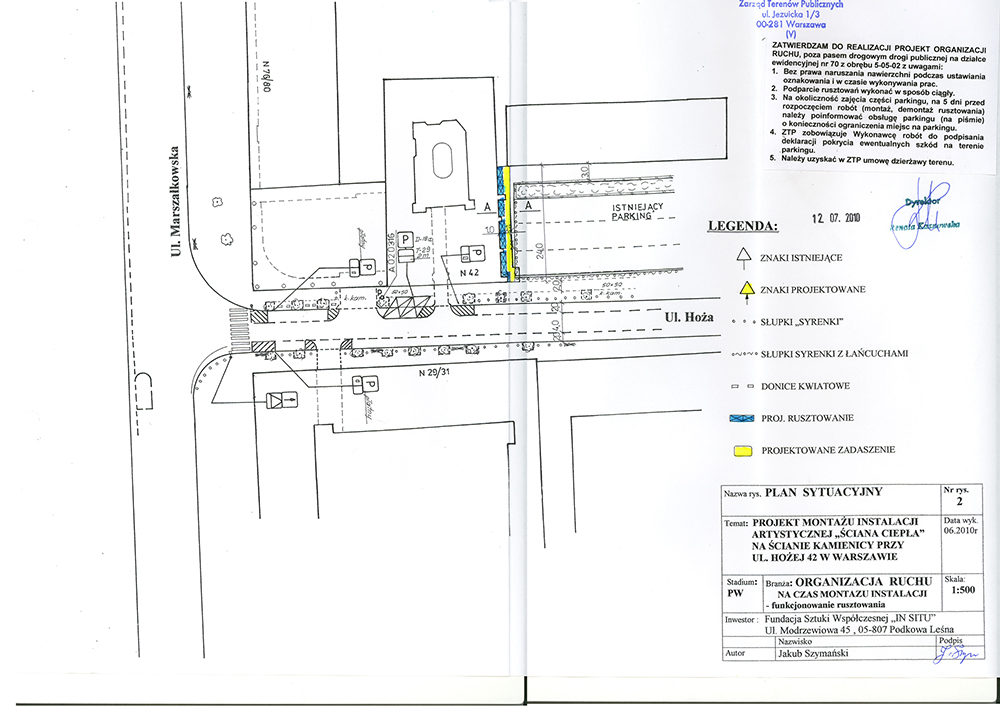
The scheme of the electric joints
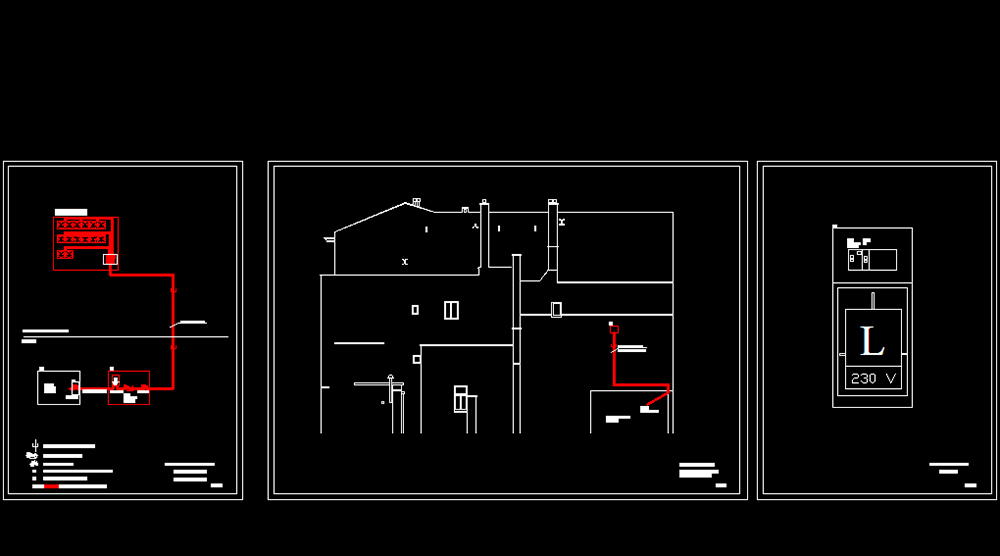
assembling:
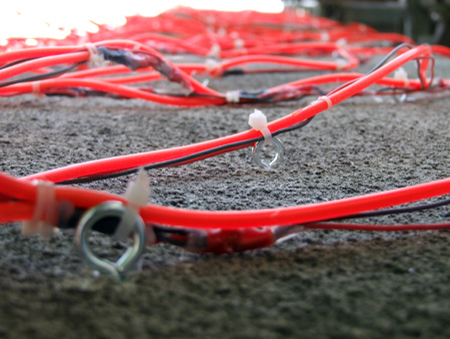
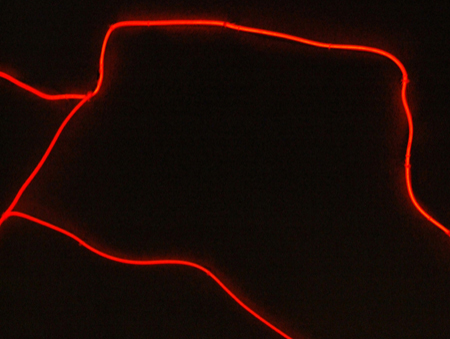
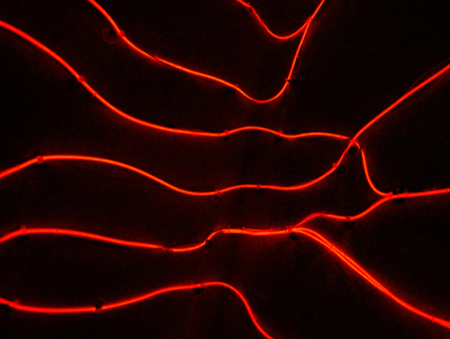
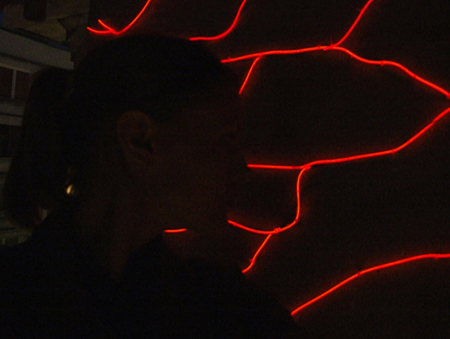
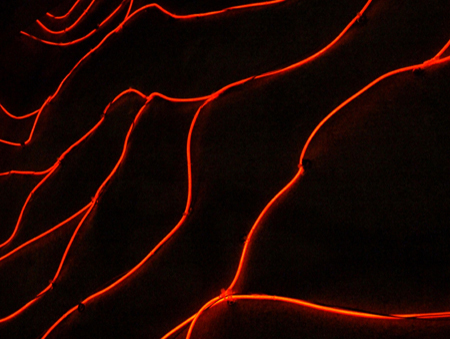
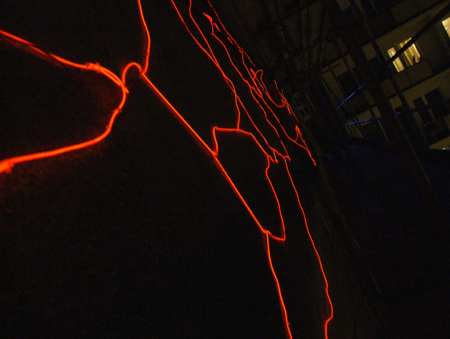
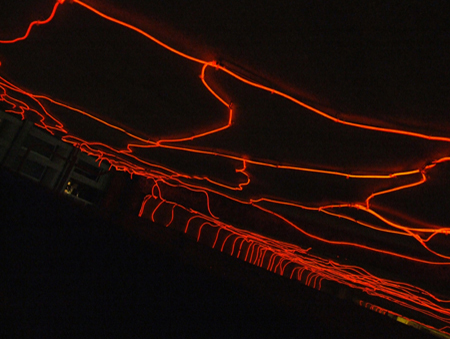
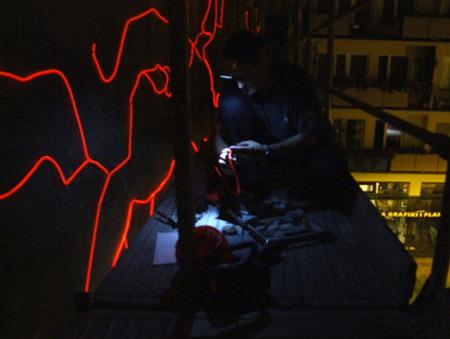
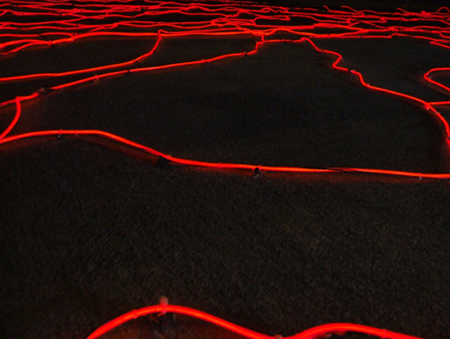
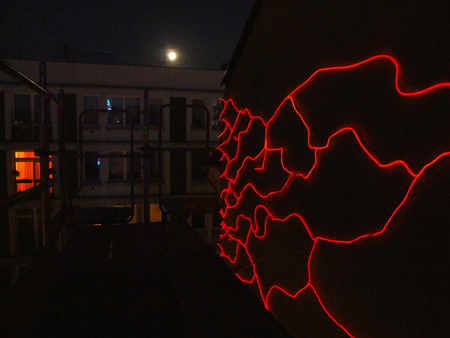
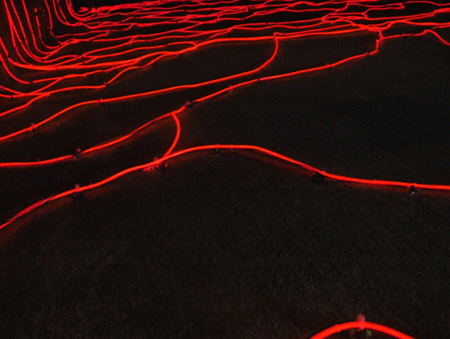
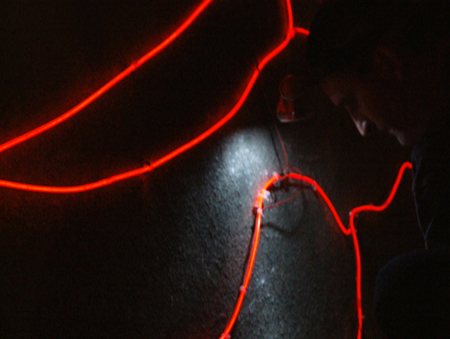
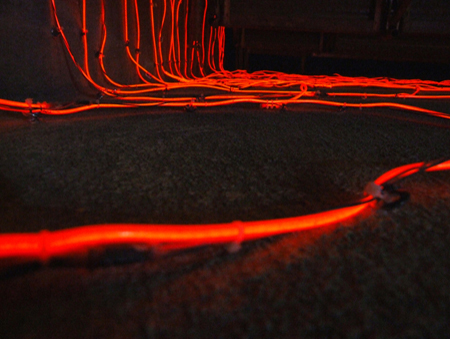

The Wall of Warmth – the honorary donor:
3/5 Trzech Krzyzy Square
23.11.2010, 9 a.m. – 2 p.m.
The Wall of Warmth – the wall of life! The event was co-organized with the Regional Centre for Blood Donation and Blood Treatment in Warsaw and with the help of the Ministry of Economic Affairs. During the Days of Honorary Blood Donation, there was a possibility of giving blood in a professional ambulance near the neon installation.
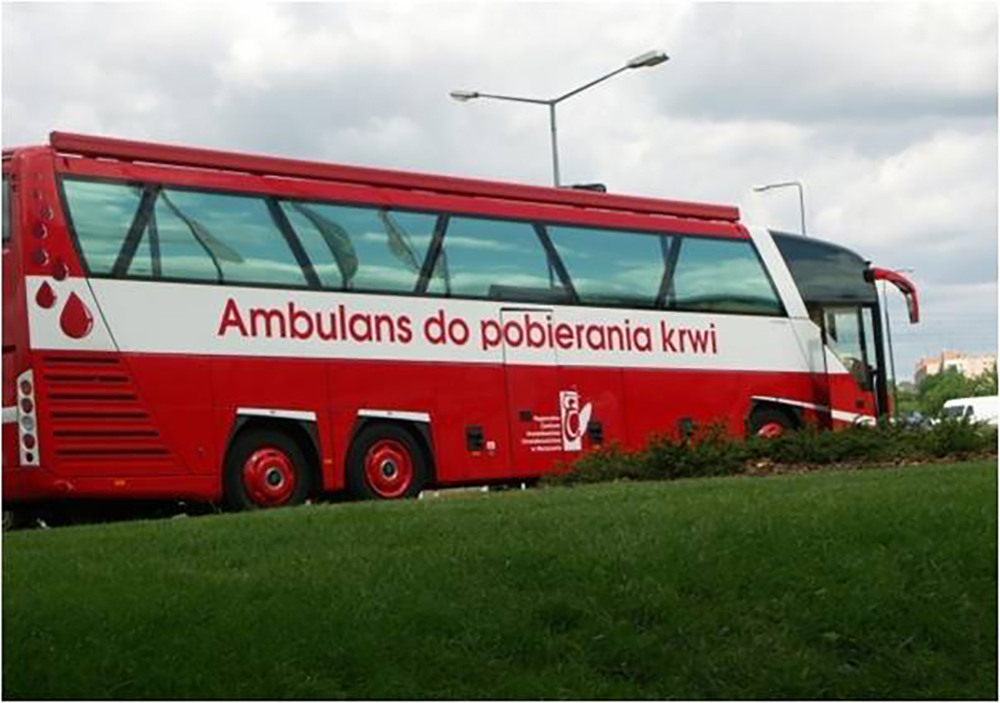
Links
https://wiadomosci.onet.pl/warszawa/sciana-ciepla-w-stolicy/yh321g8
http://kwartalnik.exit.art.pl/article.php?edition=36&id=633&lang=pl
https://puszka.waw.pl/sciana_ciepla-projekt-pl-951.html
http://fundacjasztuki.blogspot.com/2010/09/sciana-ciepa.html
https://kolekcjapublicznawarszawy.wordpress.com/2010/09/20/sciana-ciepla-3/